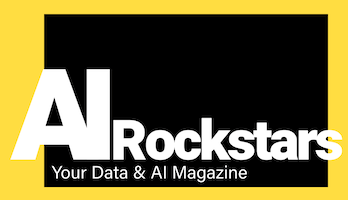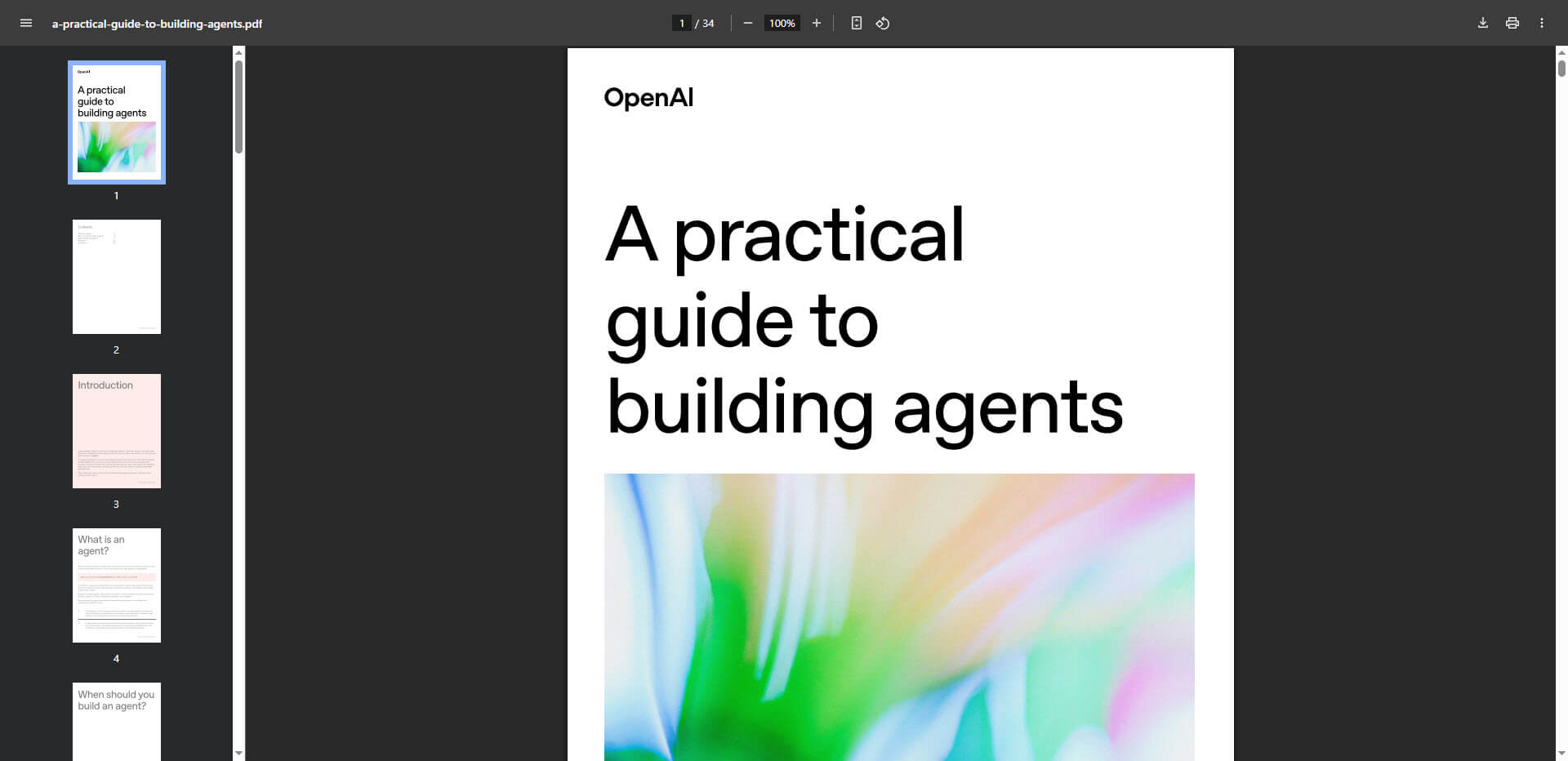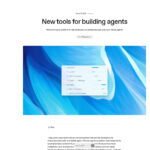The AI landscape is changing fundamentally thanks to autonomous agents that can carry out complex workflows independently. OpenAI now provides a detailed roadmap for their development.
OpenAI published a 34-page guide entitled“A Practical Guide to Building Agents” on April 17, 2025. This comprehensive document provides a structured framework for the development of autonomous AI agents that can perform complex workflows without human supervision. The guide is based on insights from real-world implementations and provides practical insights for development teams looking to use Large Language Models (LLMs) for automation tasks.
The publication comes at a time when the AI industry is increasingly characterized by the development of autonomous systems that can go beyond simple text generation and actively interact with their environment.
What are AI agents and when should they be used?
OpenAI defines AI agents as systems that use LLMs to control workflows, interact dynamically with tools and operate within predefined guard rails. In contrast to conventional software, which is based on deterministic, rule-based processes, agents are characterized by autonomy, contextual adaptation and self-correction.
According to the guide, agents are particularly valuable in scenarios that are unsuitable for traditional automation: In complex decision-making processes such as the approval of refunds in customer service, integration with legacy systems or in dynamic environments such as cyber security analysis. A real-life example: an insurance company implemented a car claims processing agent that analyzed photos, checked police reports and reconciled insurance details – resulting in 40% faster processing.
The three pillars of successful agent architectures
The guide identifies three key components for building effective AI agents:
- Model selection and optimization: OpenAI recommends starting with the most powerful LLM available (e.g., GPT-4) and moving to smaller models later to optimize latency and cost.
- Tool design and documentation: Tools extend the capabilities of an agent by accessing external systems. They are divided into three categories: Data retrieval (e.g. database queries), action execution (e.g. email dispatch) and orchestration (delegation to other agents).
- Instruction design and security measures: Clear instructions reduce ambiguity and improve decision quality. Task decomposition, anticipation of edge cases and multi-layered security measures are recommended.
Safety and practical implementation
The guide emphasizes a hierarchical security framework that combines automated checks with human oversight:
- Input sanitization with relevance classifiers and PII detectors
- Tool safeguards with risk assessments prior to execution
- Output validation to ensure brand compliance and factual accuracy
- Human-in-the-loop review for high-risk actions
An iterative development strategy is recommended for practical implementation: Prototyping with powerful models, simplification and optimization, continuous validation and incremental extension of tools.
Summary
- OpenAI has published a 34-page guide to developing autonomous AI agents based on practical implementation experience.
- AI agents are characterized by autonomy, contextual adaptation and self-correction and are particularly suitable for complex decision-making processes.
- The guide identifies three core components: Model selection, tool design and instruction design.
- For secure implementations, a multi-layered security approach is recommended that combines automated checks with human oversight.
- The recommended implementation strategy is iterative: from prototyping with powerful models to incremental optimization and extension.
- Real-world use cases show significant efficiency gains, such as 40% faster processing of insurance claims.
Source: OpenAI







